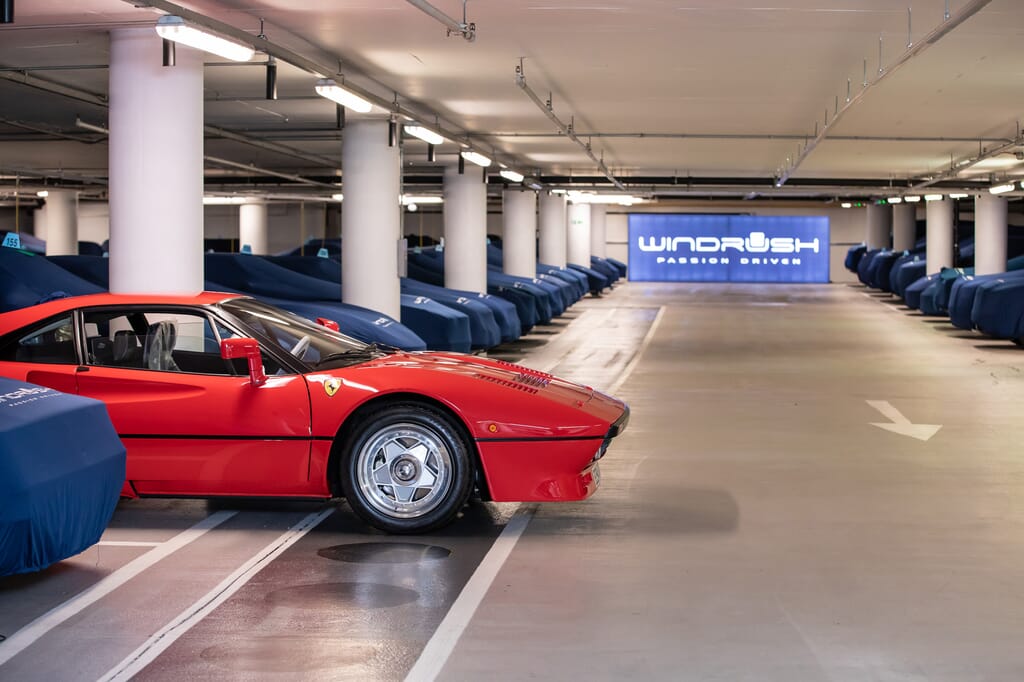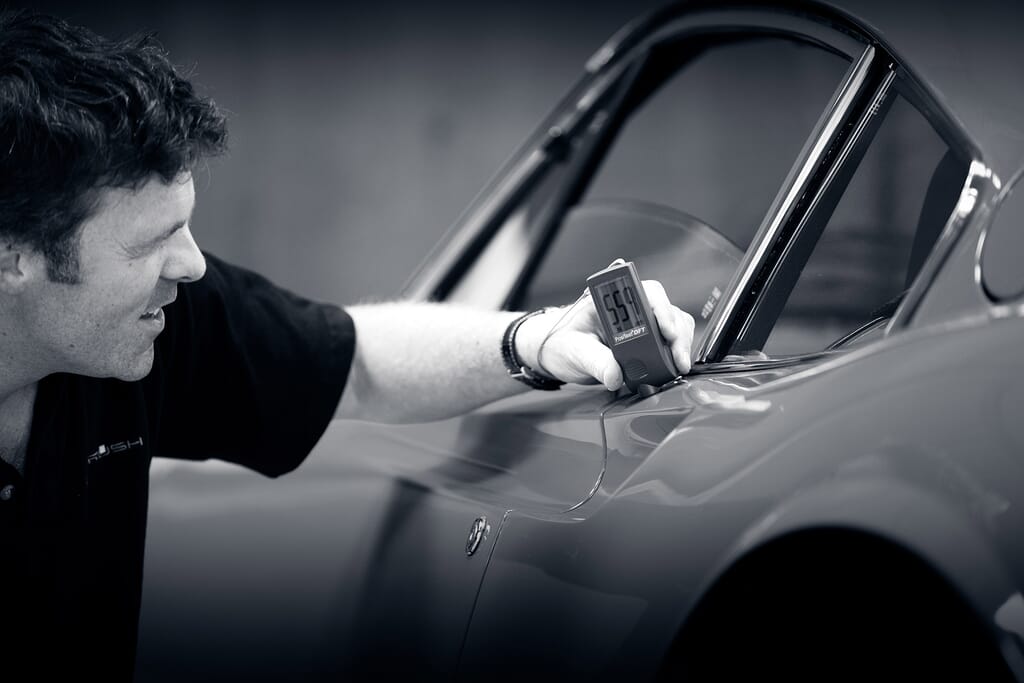
So you’ve placed your pride and joy in the care of the professionals at Windrush Car Storage. But what about you’re everyday car?
Winter driving can be far more demanding than at other times of the year; darker evenings, wetter weather and too few gritting lorries! Below we have put together a few things to take note of when driving in winter conditions. Even if you are aware of the following, they may still make useful advice to pass onto an inexperienced driver or spouse…
Windscreen
Dirt and grime builds up quicker during winter, mostly due to leading and passing vehicles. It is especially important to clean the wiper blades. Doing so will eliminate those annoying streaks and smears when using your wipers. For best results wiper blades should be replaced once a year, ideally when the car is serviced.
Windscreen washer fluid
You would be surprised by the amount of times friends have asked to ‘borrow’ some! In winter make sure that the fluid is of adequate strength to ensure it does not freeze in the pipes. Most branded products will give a mix ratio on the label which may vary depending on expected temperatures. Don’t forget to check the rear wiper reservoir if separate to the front as well!
Lights
Some modern vehicles have separate headlight washers, which are activated with the front windscreen washer. Another reason to ensure washer fluid is topped up. If your car doesn’t have separate headlight washers, it is a good idea to ask your passenger very nicely to wipe them clean before your journey – or while you pay for fuel.
Antifreeze
Antifreeze both lowers the freezing point of the water used to cool your engine and raises the boiling point (notice how the gauge can sit close to 100?C and the water doesn’t boil like your kettle?). Check that it is of adequate strength with an appropriate gauge. Antifreeze also has anticorrosive properties so check that the solution is clear – not cloudy. Most respected garages will be able to check for free.
Battery
If the weather turns chilly the battery is one thing you may only notice when it’s too late. The day you get in your car, turn the key and nothing happens is the day we all dread, and is more common with long term car storage. Preventative maintenance is key! Batteries will generally last five years of average use but there are things we can do to help them. When you start your car you are putting the most amount of strain on the battery. Think of it like asking a teenager to get out of bed at 8am, tidy their room and help around the house all at once – tricky to say the least. Because of this there are a few things we can do to help. When starting your car make sure that there is nothing else using power as well. Turn off the radio, lights, demisters and the heater, this will allow all the battery’s power to go to only starting the car. When the engine is running you can of course use all of these. Think of it like asking a teenager to do something when they’re actually out of bed.
An ice scraper and deicer are handy tools to have in cold weather but are of little use if you can’t get into your car. In some cold conditions door surrounds can freeze to the bodywork making entry rather difficult and potentially damaging. Deicer could be used to help free a frozen door if left on a garden wall or in your coat pocket overnight.
Tyres
The UK legal minimum tread depth is for ‘a minimum of 1.6mm in a continuous band throughout the central three-quarters of the tread width, throughout the whole of the circumference.’
Winter driving can often mean wet and occasionally snowy or slushy driving conditions. In order that cars maintain grip on the roads in such conditions most premium tyre manufacturers recommended that cars have a minimum of 3mm, especially in winter conditions. How do you check the tread depth? Easy – rummage in that loose change in your car and find a 20 pence piece. Insert the coin between the tread. If you can see the outer edge of the coin; the tread depth is less than 3mm. Handy eh?
Tread depth can also affect braking distances. The Highway Code says braking allowances should be doubled in the wet and multiplied by ten (yes x10!) in icy conditions.
A tyre with a tread depth of 3mm will stop in 91m from 70mph. The same tyre with a tread depth of only 1.6mm will stop in 135m from 70mph. A staggering 44m difference!
Have a look at the spare as well – easier to check it now than on the hard shoulder! When doing so check that you have a jack, wheel brace and locking wheel nut key as well. A spare wheel in good working order is of little use without the tools to change it!
Air conditioning
Air conditioning keeps you cool in the summer and warm in the winter – huge surprise I know! It also dries the air out inside your car. Ever been driving when its cold, maybe it starts to rain and your windscreen starts to mist over? Leave the air conditioning on and it will help to dry the air far quicker, allowing you to see much easier. Any thoughts of turning it off to save fuel should be expelled! By continually not using it, seals in the system can become ineffective – leading the A/C gas to leak out over time and a funny smell when you do use it. Most of the time we drive we’re not setting a record for the most amount of miles driven on one tank so leave it on and enjoy the benefits.
Wash your car regularly
Unfortunately winter driving is when most of the dirt and grime can build up on your car. Because of this your car should be washed more regularly in winter. Use a pressure washer in and around wheel arches. Most big petrol stations will have a ‘jet wash’ as well as a drive through car wash. Washing the salt off alloy wheels will also help prevent salt corroding and getting beneath the lacquer. That annoying squeal you might get when you brake can be caused simply by dirt between the brake pad and disc. Washing it off means you won’t get it every time you put your foot on the brake peddle!
Safety equipment
As seen over the past few years there is often little warning when severe weather can strike. Make sure you have a warning triangle, high visibility vest, some warm clothing and any extra supplies, e.g. a container of screen wash fluid.




